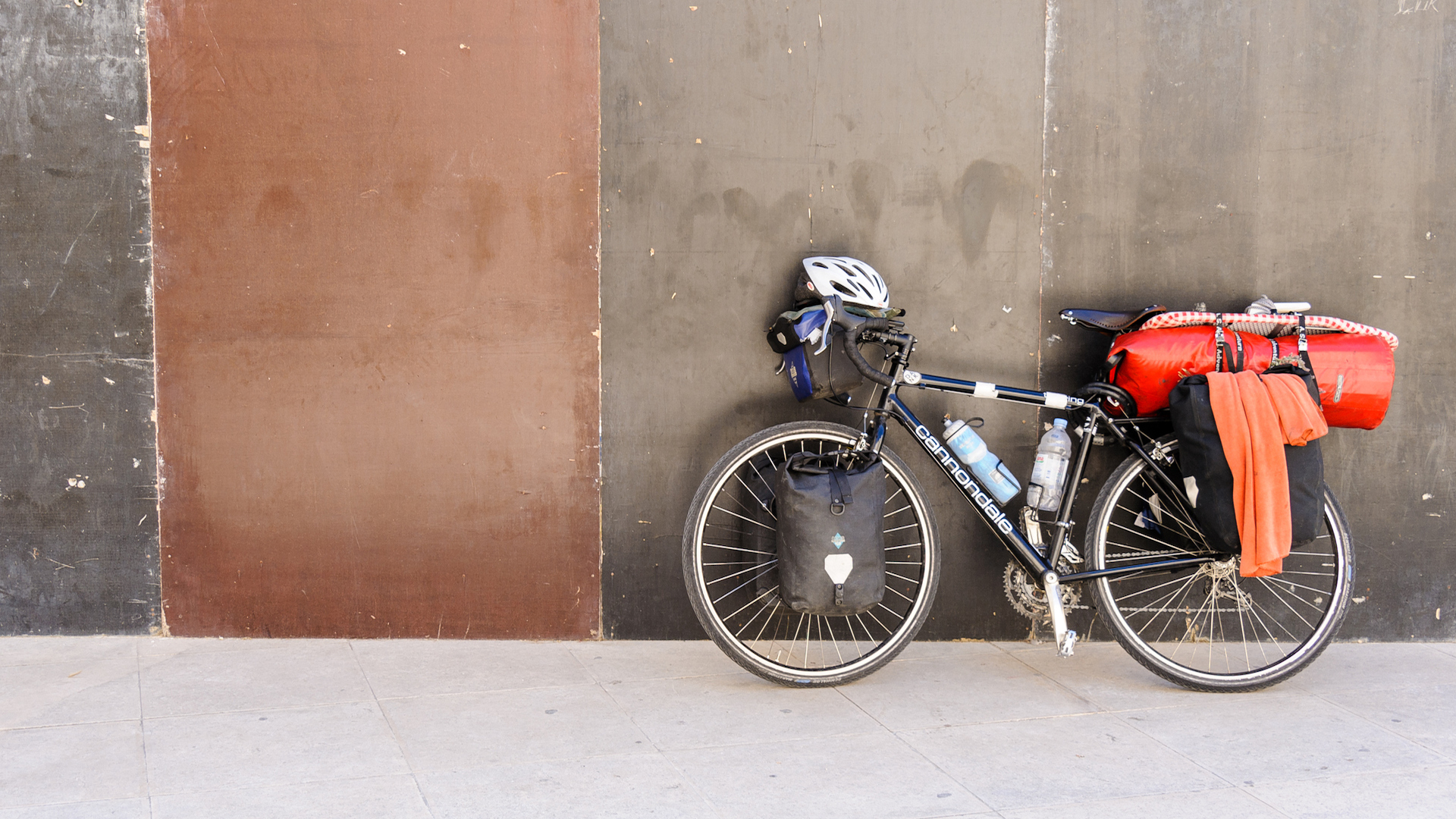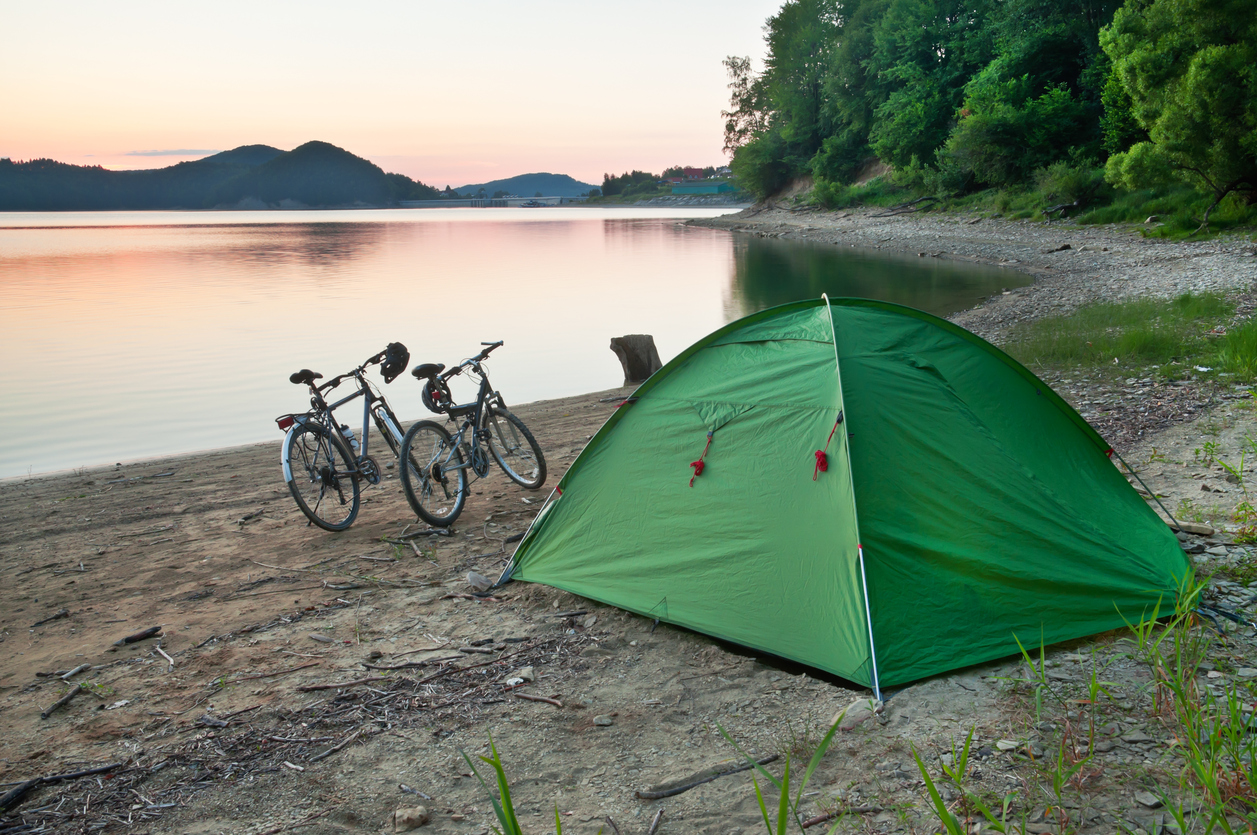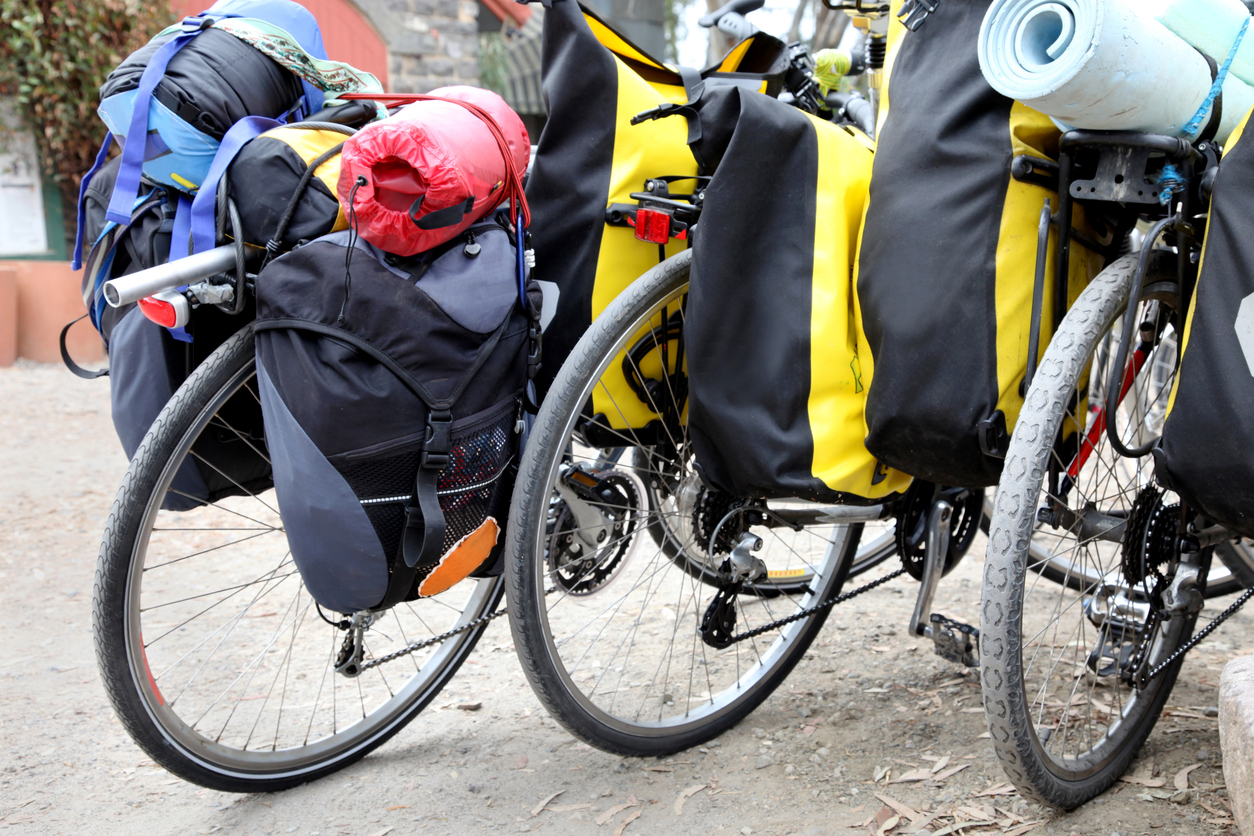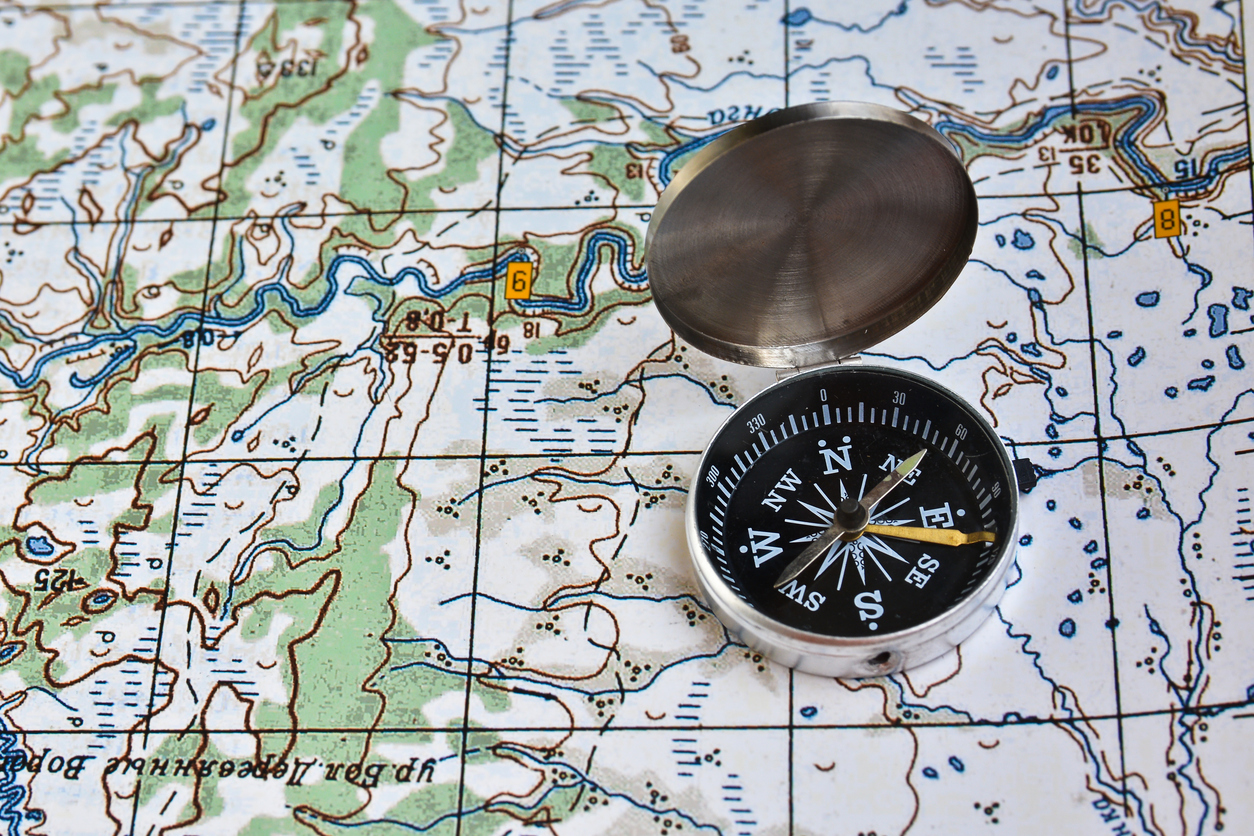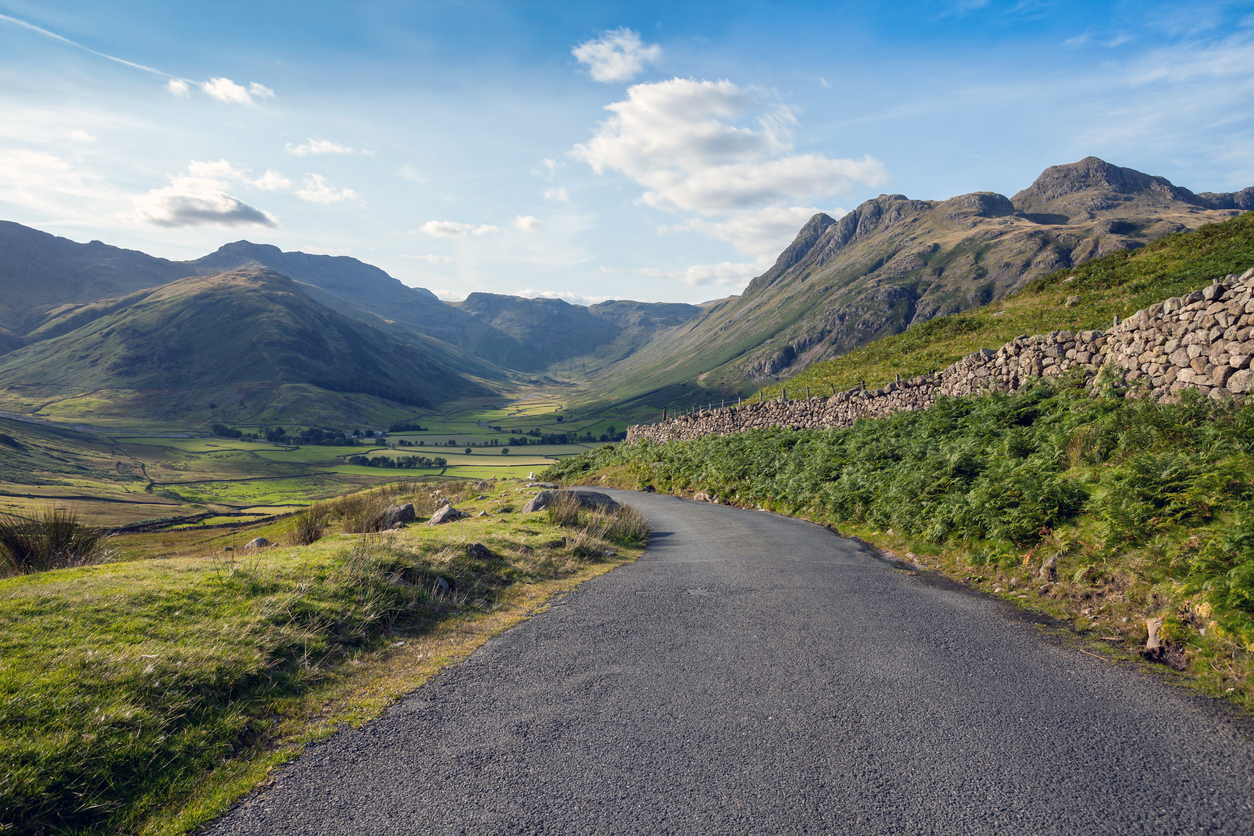Cycling has become hugely popular in recent years and more people than ever are seeing the benefits of regular riding in everyday life.
Whilst you will commonly see carbon fibre roadies, or fixed gear hipsters darting about the city streets, there is a breed of cyclists taking things at a slower pace that you might not be familiar with.
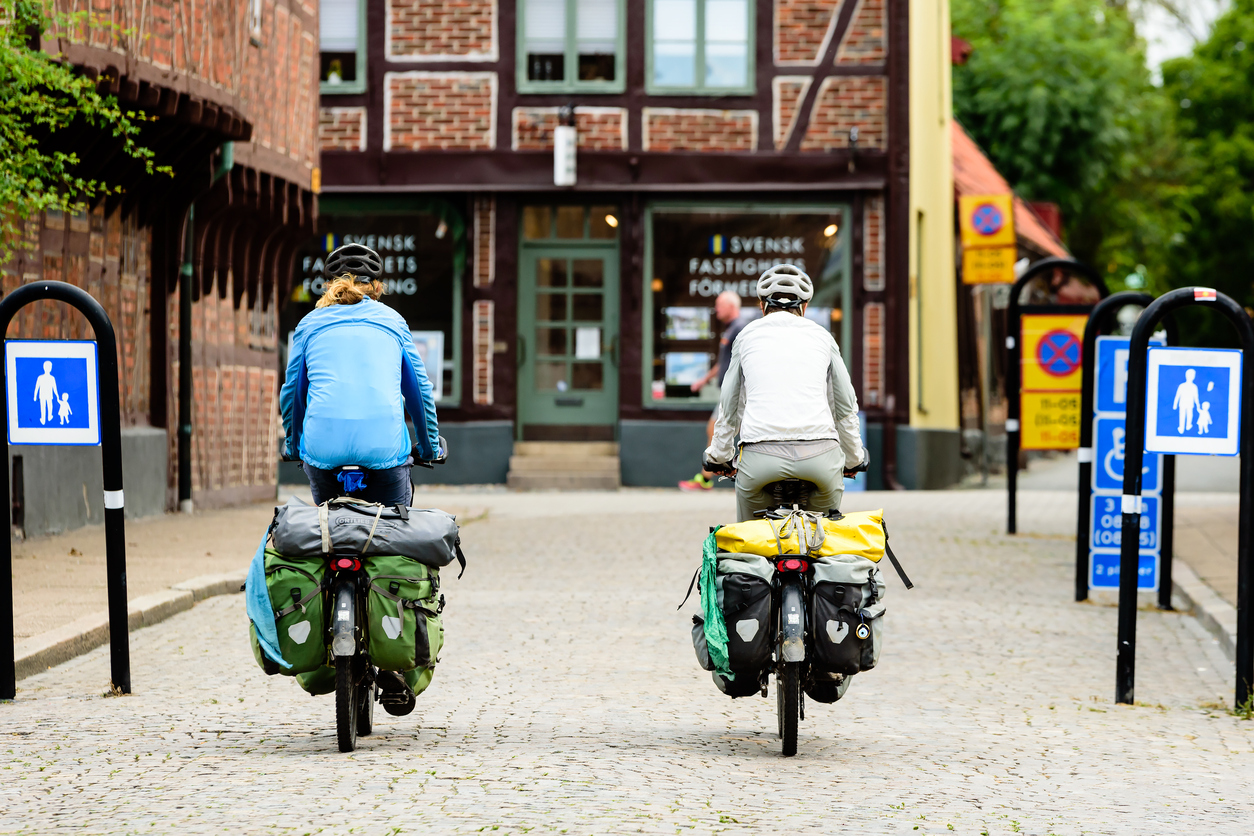
If you’ve ever encountered somebody cycle touring, it is probably a sight you won’t quickly forget. Most commonly seen with four heavily laden bags (or ‘panniers’) on a tank-like bicycle, grinding away at a slow pace on a remote country lane, the cycle tourist is a resilient, patient, and sometimes mad looking creature.
But what is cycle touring, and why do people do it?
